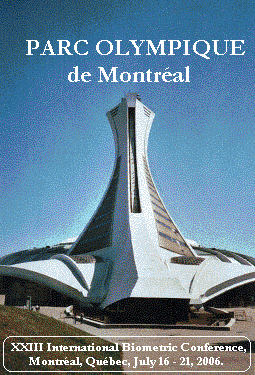|
Wolfgang Spohn
-> http://www.uni-konstanz.de/FuF/Philo/Philosophie/Spohn/spohn.shtml
Papers -> http://www.uni-konstanz.de/FuF/Philo/Philosophie/Spohn/spohn_papers.shtml
David Kellogg Lewis (*September 28, 1941 – + October 14, 2001)
-> http://en.wikipedia.org/wiki/David_Lewis_(philosopher)
Counterfactuals (1973 [revised printing 1986]; Blackwell & Harvard U.P.)
Ellery Eells (1953 - + August 10, 2006 ). -> http://philosophy.wisc.edu/eells/
Ellery Eells, Probabilistic Causality. Cambridge University Press, 1991.
Jon Williamson -> http://www.kent.ac.uk/secl/philosophy/Staff/williamson.htm
University of Kent, Canterbury.
Nancy Cartwright -> http://personal.lse.ac.uk/cartwrig/Default.htm
Nancy Cartwright Recent Papers -> http://personal.lse.ac.uk/cartwrig/Papers.htm
University of California San Diego.
Hitchcock, Christopher -> http://www.hss.caltech.edu/people/faculty/cricky
Hitchcock, Christopher. 1993. "A Generalized Probabilistic Theory of Causal Relevance." Synthese 97: 335-64.
John David Collins -> http://collins.philo.columbia.edu/index.html
Ned Hall -> MIT
L. A. Paul -> http://www.u.arizona.edu/~lapaul/
John Collins, Ned Hall and L. A. Paul
Causation and Counterfactuals: MIT Press, June 2004
ISBN 0-262-53256-5. MIT PRESS.
Iain Martel -> http://www.erin.utoronto.ca/~imartel/Iain/index.htm
Douglas Kutach -> http://www.brown.edu/Departments/Philosophy/Douglas_Kutach/index.html
Robin Cowan -> http://www.cgl.uwaterloo.ca/~racowan/cause.html
Mario J. Rizzo -> http://www.cgl.uwaterloo.ca/~racowan/cause.html
Paul Noordhof -> http://www.nottingham.ac.uk/philosophy/staff/paul-noordhof.htm
Dialectical Materialism
S Barker
Counterfactuals, probabilistic counterfactuals and causation
Mind 1999 108(431):427-469
Charles A. Mercier:
Causation 1916: -> http://www.geocities.com/freasoner_2000/cause.htm
Causation 1916 -> http://evans-experientialism.freewebspace.com/mercier02.htm
Logic MCMXII -> http://www.geocities.com/freasoner_2000/logic.htm
Logic MCMXII *.pdf: -> http://www.cwru.edu/edocs/8/244.pdf |














